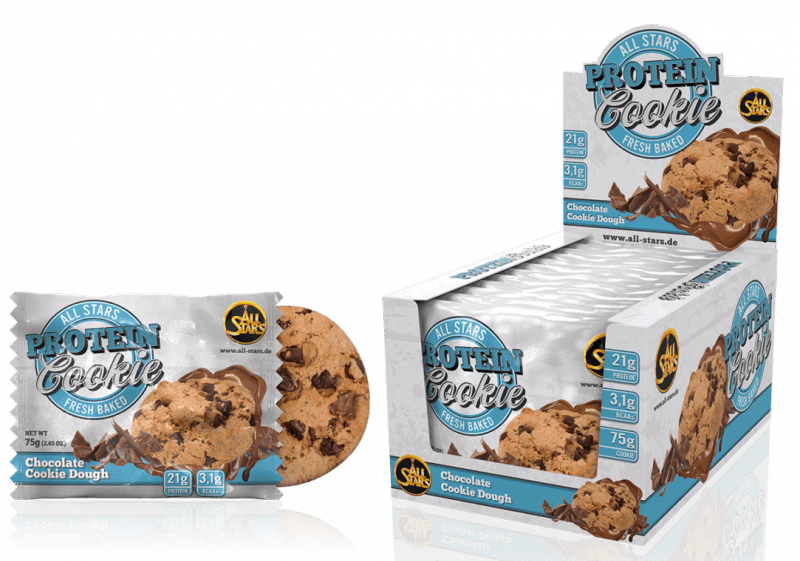
Flexible Packaging: Display vs. Bulk Carton Packaging
When designing flexible packaging, one key consideration is how the product will
Home » Archives for brownpackaging » Page 13

When designing flexible packaging, one key consideration is how the product will
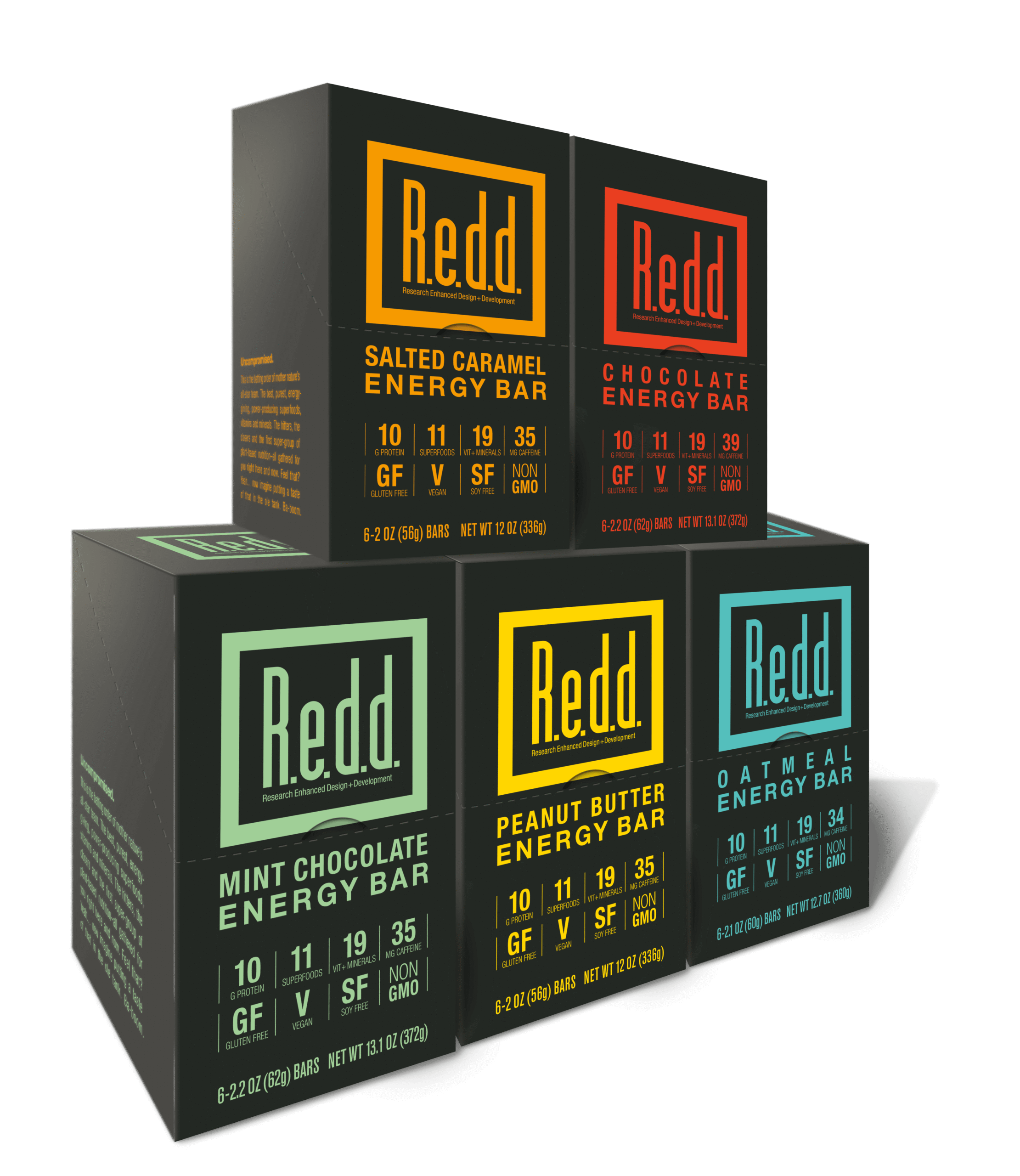
Printed boxes are an excellent choice for enhancing brand visibility and creating
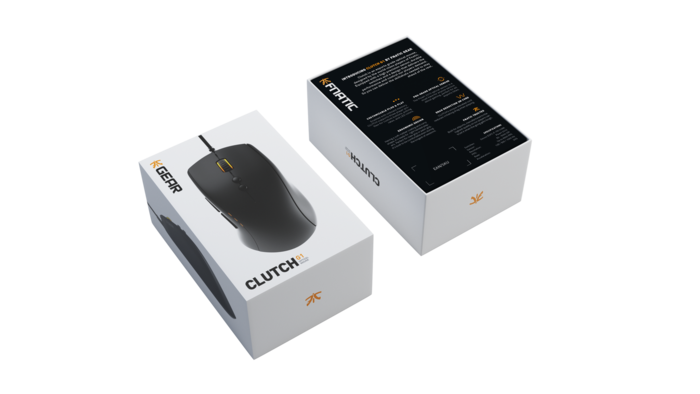
Creating custom packaging is a detailed process that requires careful planning and

In today’s competitive market, luxury packaging isn’t just about presenting a product;
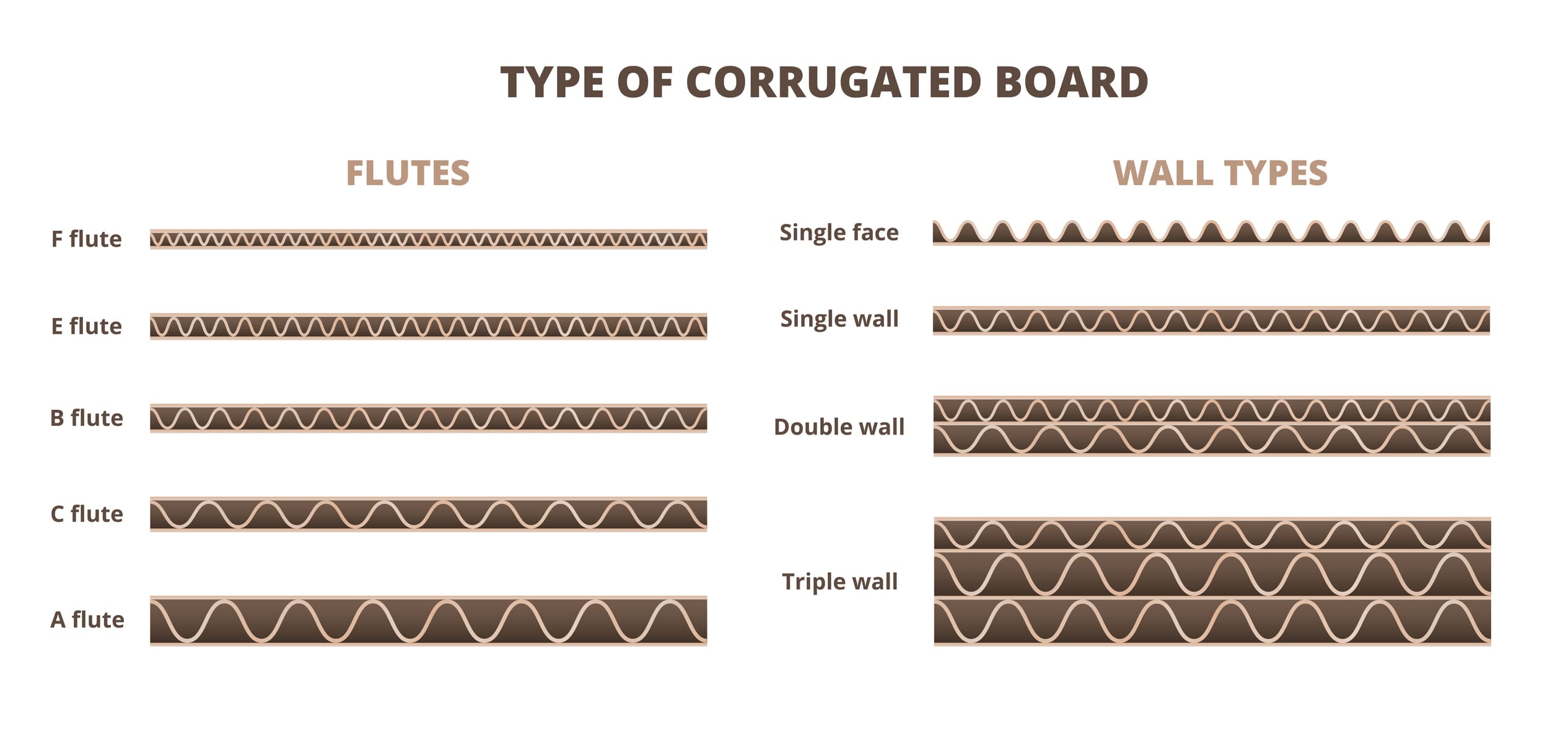
Selecting the right board option for your packaging needs is critical to

Launching a product or redesigning packaging can be a significant investment. To
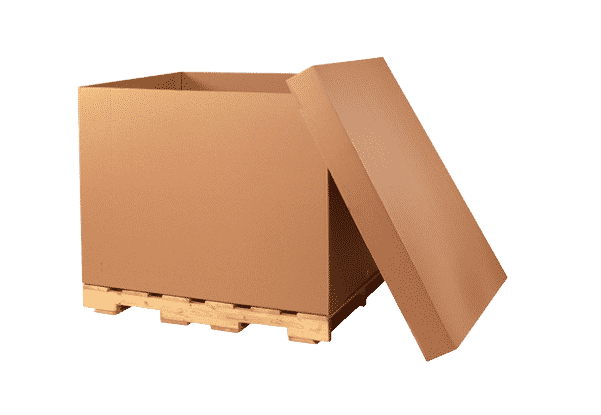
Gaylord containers are large, sturdy boxes used primarily for shipping, storing, and
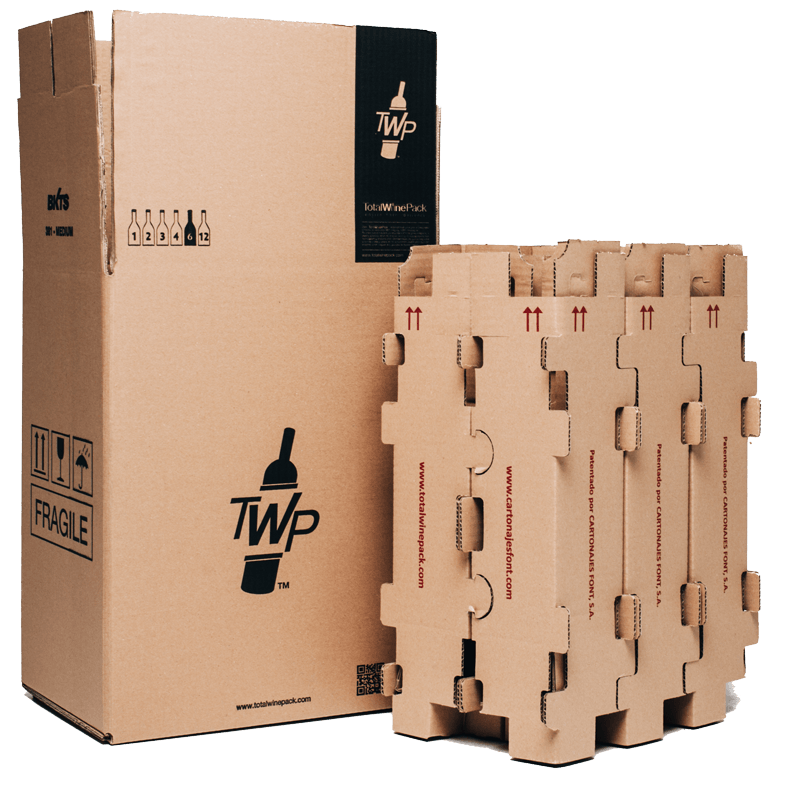
When choosing corrugated board for packaging, print quality is often a critical
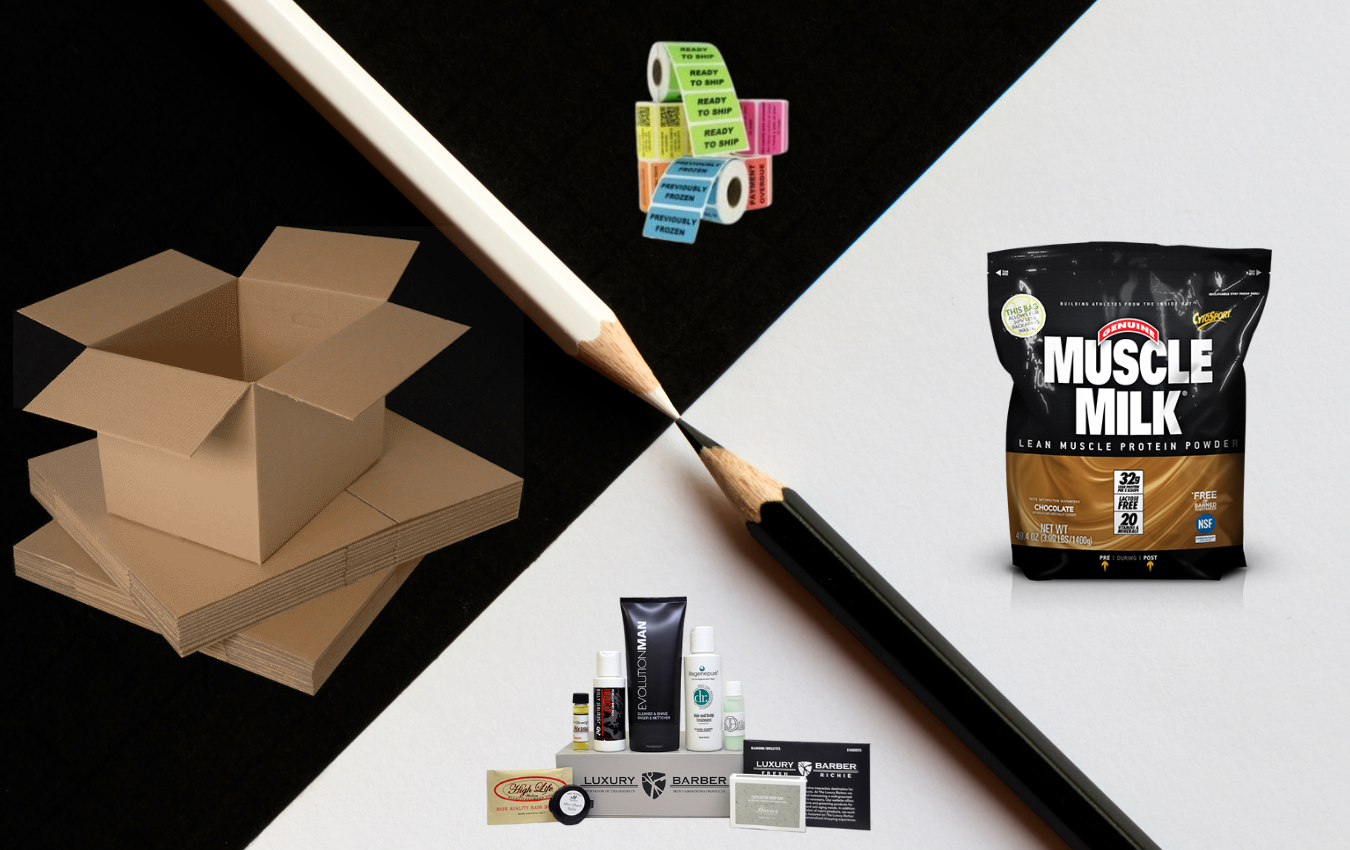
Why Packaging Strategy Matters Packaging is more than just a protective layer—it
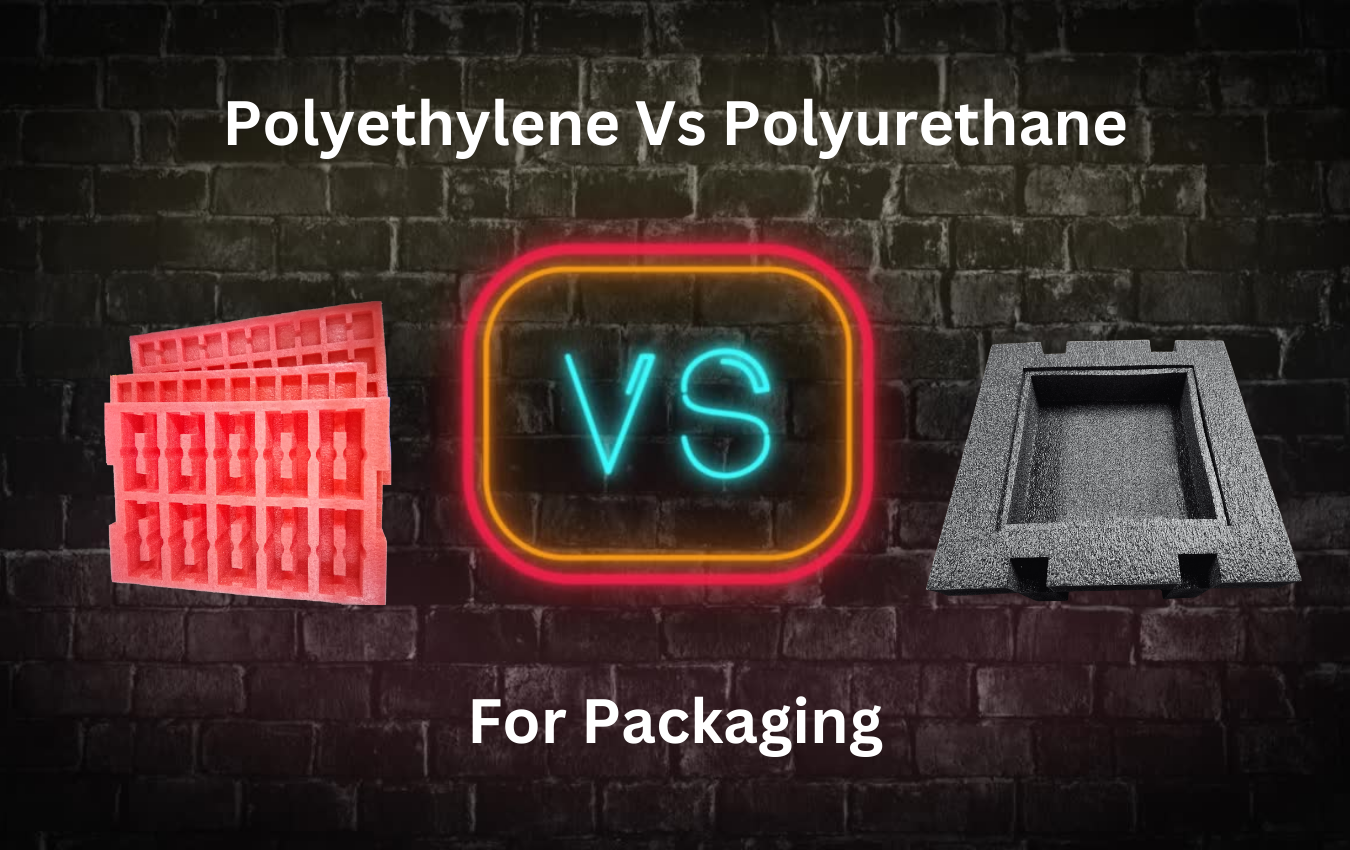
When selecting foam materials for packaging, polyethylene foam (PE) and polyurethane foam
Shifting packaging production from China to the U.S. can help stabilize costs, reduce tariff exposure, and shorten lead times. But the transition process requires careful
RSC boxes are known for their efficiency and versatility, but their performance ultimately comes down to strength. Buyers often see numbers like ECT, BCT, and
In packaging, foam isn’t just about initial protection — it’s about maintaining performance over the entire shipping or storage cycle. Compression set and recovery characteristics
Pouches are a go-to for flexibility and convenience, but they can fail in critical ways—from poor seals to punctures and delamination—that hurt performance and brand
In the retail environment, the placement of Point of Purchase (POP) displays is just as critical as their design and content. Strategic positioning can significantly
Choosing the right foam density isn’t about “soft” versus “hard” — it’s about controlling shock transmission and matching the foam’s cushioning curve to the product’s